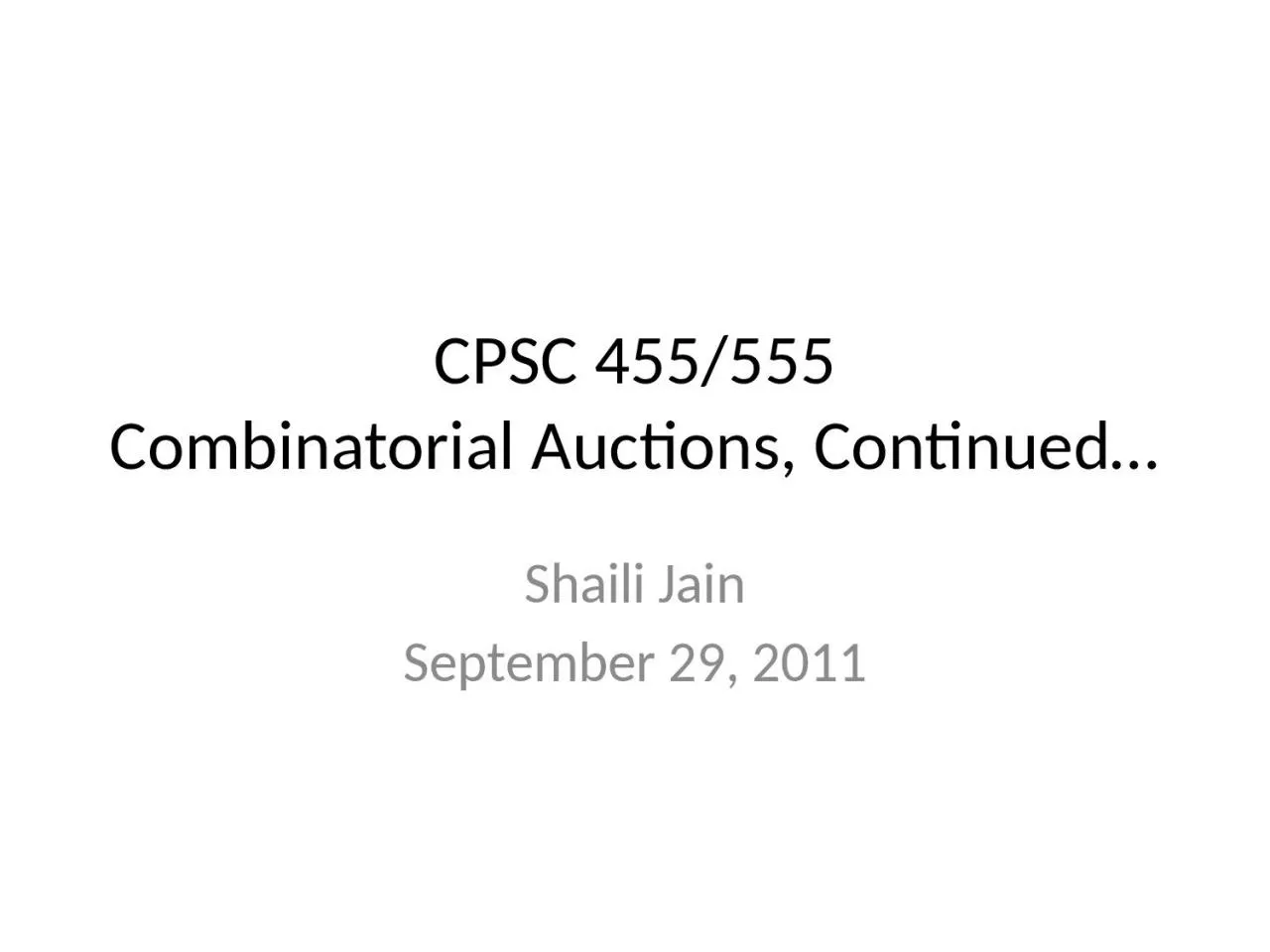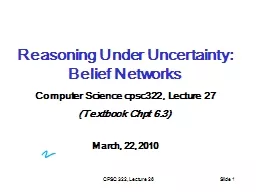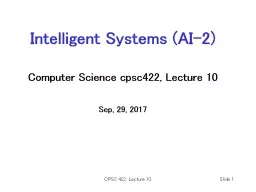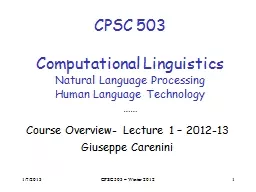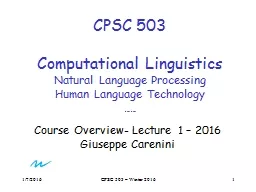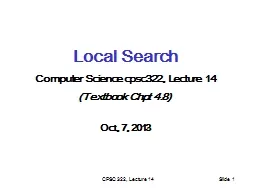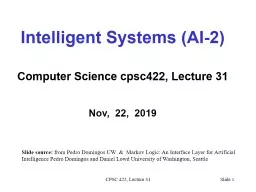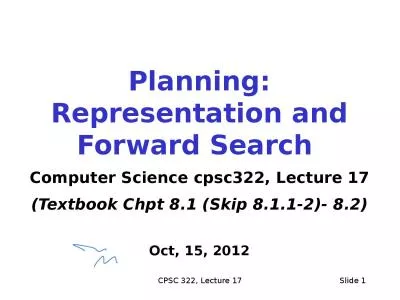PPT-CPSC 455/ 555 Combinatorial Auctions, Continued…
Author : eddey | Published Date : 2023-09-21
Shaili Jain September 29 2011 Combinatorial Auction Model Set M of m indivisible items that are concurrently auctioned among a set N of n bidders Bidders have
Presentation Embed Code
Download Presentation
Download Presentation The PPT/PDF document "CPSC 455/ 555 Combinatorial Auctions, Co..." is the property of its rightful owner. Permission is granted to download and print the materials on this website for personal, non-commercial use only, and to display it on your personal computer provided you do not modify the materials and that you retain all copyright notices contained in the materials. By downloading content from our website, you accept the terms of this agreement.
CPSC 455/ 555 Combinatorial Auctions, Continued…: Transcript
Download Rules Of Document
"CPSC 455/ 555 Combinatorial Auctions, Continued…"The content belongs to its owner. You may download and print it for personal use, without modification, and keep all copyright notices. By downloading, you agree to these terms.
Related Documents

